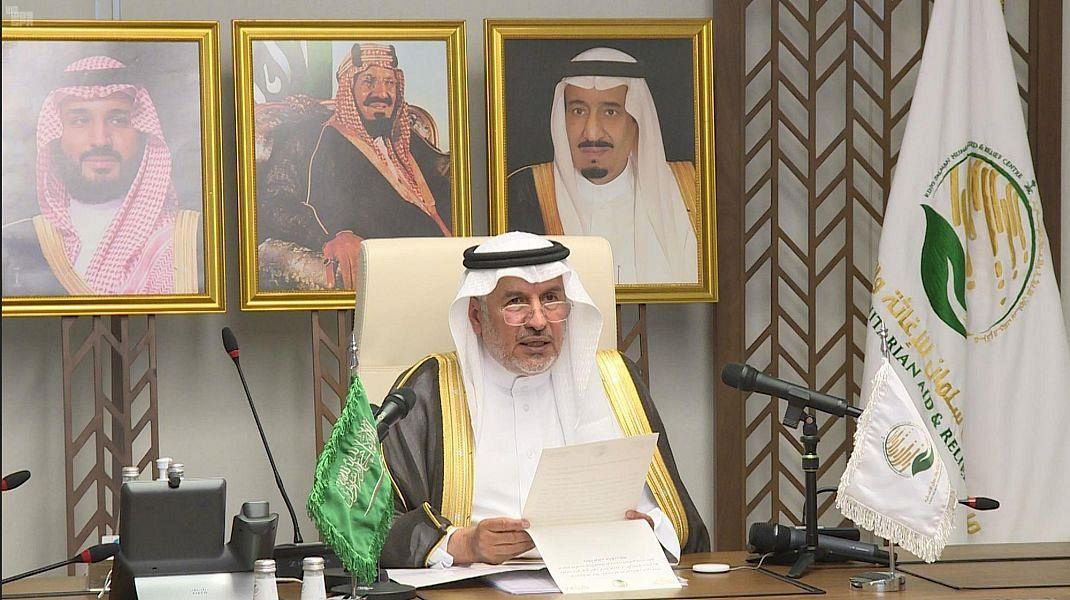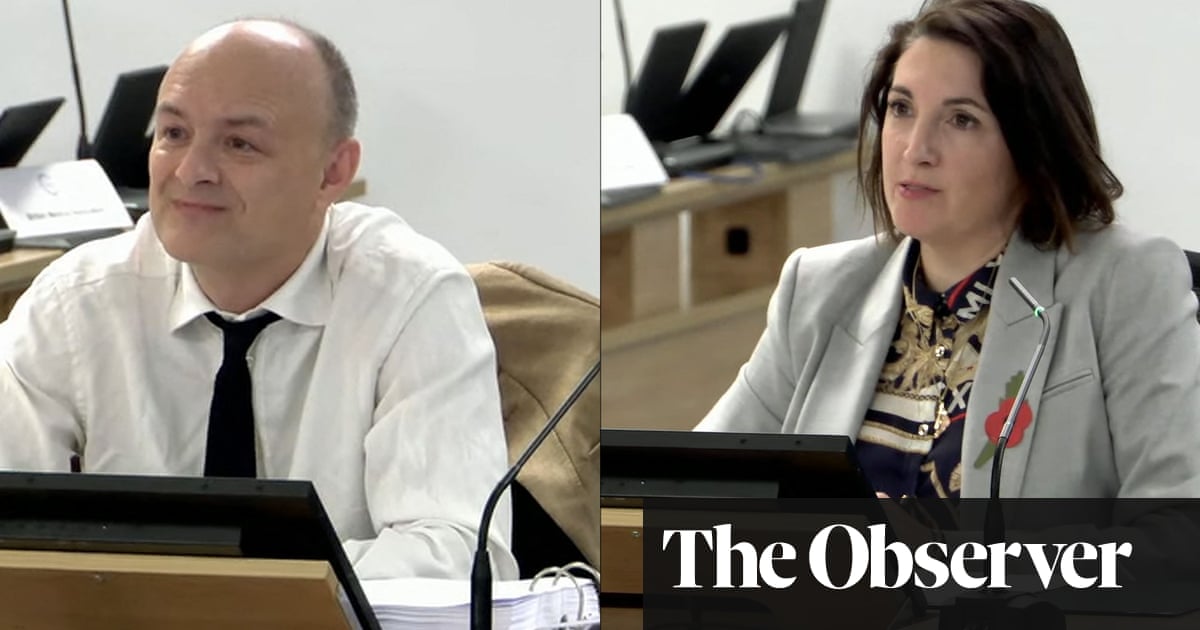
GENEVA — New guidelines published on Tuesday by the UN and partners aim to put young people at the forefront of humanitarian action.
The document is the first of its kind, and has been described as the ‘go-to’ guide for working with, and for, young people in natural disasters, conflict, forced displacement and other emergencies.
“Too often the energy and talents of young people are squandered when crises hit, and the guidelines that we’re publishing today will help prevent that from happening,” said UN humanitarian affairs chief Mark Lowcock, speaking during the virtual launch.
Trust young people
The guidelines were issued by the Inter-Agency Standing Committee (IASC), which brings together the heads of 18 UN and non-UN entities working to ensure better preparation for, and coherent response to, humanitarian crises.
They were developed in collaboration with young people, in line with commitments made at the World Humanitarian Summit in 2016. The UN Children’s Fund (UNICEF) and the Norwegian Refugee Council (NRC) led the task force that resulted in their creation.
“These new guidelines call upon us to give away power; to trust young people and to work with them as partners by giving them safe space to meet and discuss their ideas on how they can improve life in their own communities,” said UNICEF Executive Director Henrietta Fore.
At the same time, she added, young people affected by humanitarian crises are looking to the international community to invest in their future.
“Many are forced to drop out of school. They lack access to basic health and nutrition services. They lose their safety nets, leaving them vulnerable to abuse, child marriage and child labor,” Fore said.
Every voice counts
The guidelines reflect the diversity of young people, recognizing that different groups are affected differently in crises.
Nujeen Mustafa, a Kurdish woman from Syria now living in Germany, spoke of obstacles facing youth with disabilities who become caught up in conflict. She emphasized why they must be part of any humanitarian response.
“When I fled the war in my country, I came face to face with the fact that the needs of people with disabilities are not taken into account,” said Mustafa, who uses a wheelchair.
“I couldn’t access the bathrooms and the ground was gravel, which is terrible for a wheelchair. Young people with disabilities are often stared at but their needs are not often considered. And yet, many people who flee conflict have debilitating psychological and physical injuries.”
Youth are innovative
The COVID-19 pandemic has provided many young people worldwide with the chance to step up and contribute to response, including through raising awareness, countering misinformation and mobilizing assistance.
Tirtharaj Koirala from Nepal is among them, although his activism extends back to the devastating earthquake in April 2015, when he worked at a temporary shelter teaching the residents proper handwashing and hygiene methods.
Koirala subsequently founded a movement that addresses stigma surrounding menstruation, which provides girls with reusable sanitary pads and education about menstrual hygiene.
“I feel that people shouldn’t be underestimated and need to be appreciated and acknowledged,” he said. “Youth are innovative. Give them their rightful space and opportunity to give back to their community.” — UN News












